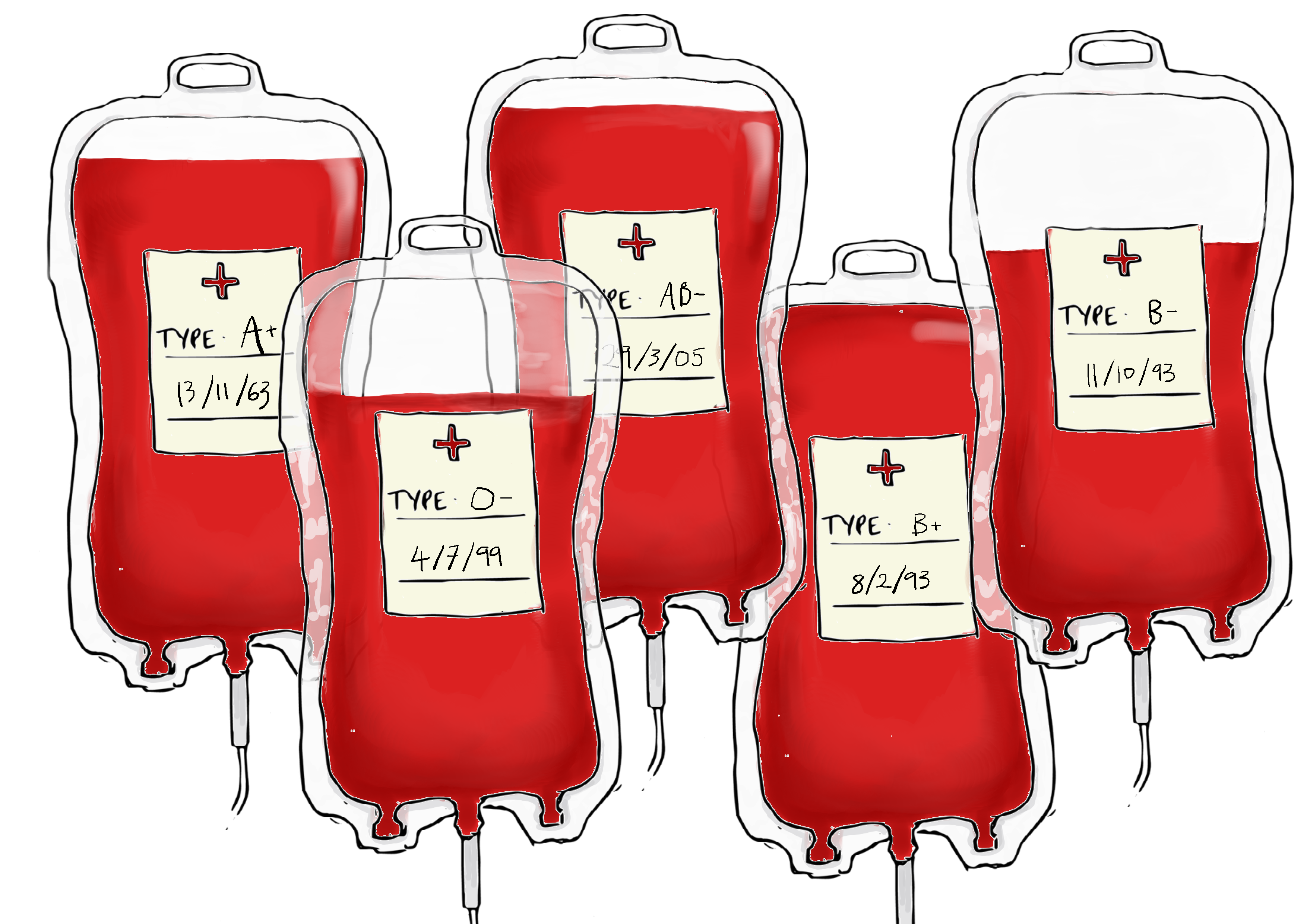Pneumonia: Vaccine development at the University of Glasgow.
Jenny Herbert gives an insight into pneumonia and the need for new vaccines.
It may be a shock to hear but pneumonia is the biggest killer of children worldwide, mainly those under the age of five. World Health Organisation statistics state that pneumonia claims the lives of 1.6 million children every year; more than AIDS, malaria and tuberculosis combined. At the University of Glasgow, a vaccine is in development to combat this crippling and often overlooked disease.
There are a number of etiological agents that cause pneumonia including bacteria, fungi and viruses. The main cause of bacterial pneumonia is streptococcus pneumoniae, which is the target of the two vaccines currently available free from the NHS (pneumococcal conjugate vaccine (PCV)/ pneumococcal polysaccharide vaccine (PPV)). Also known as pneumococcus, this bacterium, a normally harmless commensal, is also able to cause a number of invasive diseases including pneumonia, meningitis, septicaemia and otitis media (ear infection). In the developed world, pneumonia remains a big problem for children under two, the immunocompromised and the elderly, despite there being two available vaccines. For bacterial pneumonia, antibiotics are a very effective treatment. However in the developing world, these are often not readily available. There is therefore a push towards vaccine development that would require one-time administration and provide lifelong protection.
The vaccines available are based on the pneumococcal capsular polysaccharide (serotype). This capsule is able to protect the pneumococcus from recognition and destruction by our immune systems. The vaccines mimic the capsule’s polysaccharide and mount an immune response against this, so that when a true infection occurs, the body can produce antibodies quicker. However different pneumococcal strains have different capsules with over 90 different capsule types currently known. Thus the current vaccines only include those capsular types found to be most prevalent in invasive disease.
The problem with current vaccines is that recent work has shown capsular types not included in the vaccine are taking the place of the vaccine serotypes (known as serotype replacement), so previously non-invasive strains are being found more commonly in invasive disease cases1. Another complicating factor is that streptococcus pneumoniae is naturally competent (can take up DNA from its surroundings and incorporate it into its genome). Due to this, streptococcus pneumoniae has shown it also has the ability to switch the genes that code for the capsule. This gives the pneumococcus the ability to ‘escape’ from the vaccine by switching its capsule for that of a non-vaccine serotype.
Unfortunately the cost of a vaccine that contains all 90+ serotypes is too high and production not feasible. This is why Tim Mitchell, a professor at the University of Glasgow, is researching into the development of a protein-based vaccine, a much cheaper alternative. The identification of a protein that is present in all pneumococci could be utilised in a vaccine that will provide protection against all strains. Again a problem arises in that the pneumococcus is naturally competent. Therefore the genome of different strains is highly variable, making it hard to find a protein common to all2. So the approach taken is to include a small number of proteins that will cover all serotypes.
A further advantage of a protein-based vaccine is that it circumvents the problem that children are unable to produce a T-cell independent response, which is how polysaccharide vaccines work. This necessitates conjugation to a protein carrier to produce the required T-cell dependent response, as in the PCV vaccine.
The chosen proteins for study in the Mitchell lab include Pneumococcal Surface Protein A (PspA), Pneumococcal Histidine Triad Protein D (PhtD), Pneumococcal Surface Protein C (pspC) and Pneumococcal Surface Protein A (PsaA). These are all found at the bacterial cell surface and are, therefore, likely to be presented to the immune system on infection.
The pneumococcus contains a single toxin – pneumolysin – which forms pores in host cells leading to lysis, inflammation and tissue destruction. In the Mitchell lab, a detoxified form of pneumolysin has been made, enabling the toxin to bind to host cells without pore formation and lysis. The vaccine target proteins have been fused to this detoxified form of pneumolysin, which acts as an adjuvant to stimulate the immune system into recognising and producing an immune response against them3. Work is still ongoing on pneumococcal vaccine development and hopefully, in the near future, there will be an efficacious vaccine available worldwide.
The 12th of November is World Pneumonia Day intended to raise awareness of this disease and the importance of continued research into this field. For more information on Pneumonia please go to: http://worldpneumoniaday.org/
References
- Brueggemann et al. Vaccine escape recombinants emerge after pneumococcal vaccination in the United States. 2007. PLoS Pathogens, 3: 11, 1628-1636.
- Croucher et al. Rapid pneumococcal evolution in response to clinical interventions. 2011. Science, 331: 6016, 430-434
- Kirkham et al. Construction and immunological characterization of a novel nontoxic protective pneumolysin mutant for use in future pneumococcal vaccines. 2006. Infection and Immunity, 74:1, 586-593











Excellent site. Plenty of useful info here. I am sending it to several pals ans additionally sharing in delicious.
And of course, thank you to your sweat!